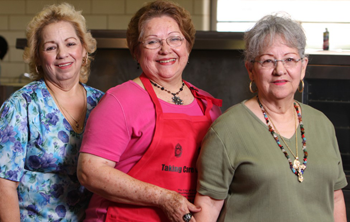- Home
- News
- Features
- Topics
- Labor
- Management
- Opinions/Blogs
- Tools & Resources
Facts About Caregivers And Work
Caregivers and Work: More working people provide full- or part-time caregiver duties for a loved one than ever before. Here’s a look at some facts about this major life responsibility and the realities of the working world.
Facts About Caregivers
o Two-thirds are women.
o Studies show female caregivers are more likely than males to suffer from high stress (35% vs. 25%).
o Family caregivers of those aged 50+ are themselves between 50 to 64.
o About 72% of caregivers are white, 13% African-American, 12% Hispanic, and 2% Asian-American.
o Studies show that 27% of Hispanics say their health is fair or poor compared to 15% of white caregivers and 15% of Asian-Americans.
Facts about Caregivers and Work
o 70% of working caregivers with families suffer work-related difficulties due to their dual roles.
o Among working caregivers, 69% rearrange their work schedule, decrease their hours or take an unpaid leave to meet their obligations.
o 5% of working caregivers turn down a promotion.
o 4% choose early retirement, caregivers and work sometimes don’t mix with workers leaving the workforce too soon.
0 6% give up working entirely.
o 70% made job changes: 12% reduced work hours, took a less demanding job. Nine percent gave up work entirely. Three percent retired early.
o One recent study shows women in caregiving roles during their working years were 2.5 times more likely to live in poverty when they became elderly.
o 20% of employed female care givers over 50 report symptoms of depression. This compares with 8% of their non-caregiving peers.
o Caregiving reduces work productivity by 18.5%.
Source: http://www.caregiver.org/caregiver/jsp/content_node.jsp?nodeid=439
Related Stories And Resources:
Elder Care Is Everyone’s Business
List your business in the premium web directory for free This website is listed under Human Resources Directory






